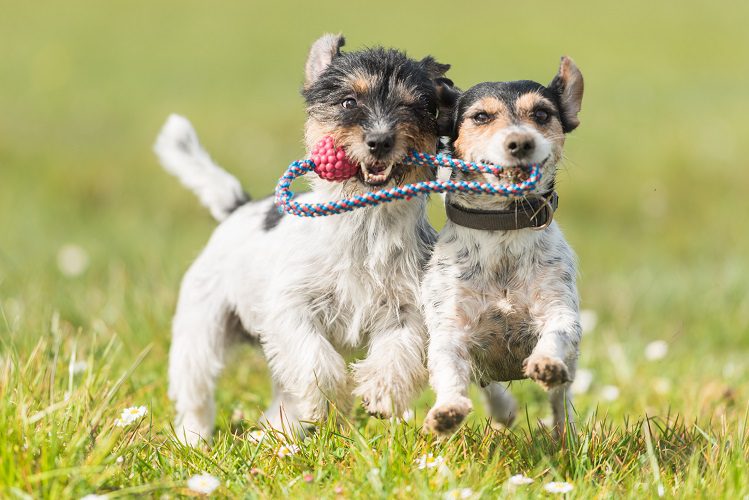
When to get a second dog
Elena Korznikova is a Rough Collie breeder and dog breeder with 25 years of experience.
Once in a friendly breed group, an important issue was discussed: when to get a second dog. A lot of positive advice came out:Take two at once, they are so good together! We got it and it’s great!“…
Everything should be fine while the dogs are young and healthy. But when they start to age and get sick at the same time, problems will begin.
Two old dogs at once means at least double spending on veterinary care, treatment, special nutrition, double troubles and, possibly, double grief. Alas.

My experience and the experience of friends is this: the second and subsequent dogs usually start on their own. When the right time comes. And for those who prefer to plan ahead, I would recommend the following.
With an average life expectancy of factory breeds of 12-14 years, the optimal difference in the age of dogs is 5-6 years. If the difference is more than 6-8 years, the older dog may already have problems with accepting a puppy, more whims and sharing of the owner, less desire to play. Yes, and the owner over the years can forget what a puppy is in the house. The skill to hide the wires and keep an eye on the shoes is quickly lost.
Almost always, a female and a male coexist without problems, but the problem of estrus must be thought out in advance. Even a specially selected breeding pair cannot be bred every estrus. There are pluses: a male of a factory breed is unlikely to suffer much during these periods. But an aboriginal or mestizo, whose sexual instincts are usually strongly expressed, can live very poorly and hard for about a week next to a female in heat: howl or whine for days, refuse food. Think about what to do so as not to torment the dog. A week for a dog is like a month for us.
Same-sex dogs may not get along. Sometimes serious conflicts begin after a few years of normal life. In collies, this is an order of magnitude less common than, for example, in terriers, but it still happens. Keep in mind if serious fights have already begun: a) there is a good chance that they will worsen and intensify; b) bitch fights are always more dangerous; c) bitches will never have a clear hierarchy, because it is highly dependent on the current hormonal and reproductive status.
If you plan to castrate one of the males, it is better to do this with a subordinate, younger in status (not to be confused with age).
Even if you leave a puppy from your dog, they need to be watched. Some mothers don’t get along very well with their daughters, or daughters with them. Again, an adult male will be interested in a bitch in heat, even if she is his sister/mother/grandmother. This is normal in the animal world.
Carefully place Aboriginal/Mestizo and old factory breeds together. They are quite different in their behavior and the degree of ritualization of their communications. For mestizos and aborigines, rituals are important: their interaction in the pack is based on ritual postures. But in factory dogs, in the course of hundreds of generations of selection, the innate behavior has changed somewhat. Not all of them understand and adopt ritual postures, such as the submission posture, which is extremely important for the pack. This can cause conflicts: in the language of aboriginal dogs, such a dog can pass for a boor.
Pay attention to these nuances – and then everything will be fine!





